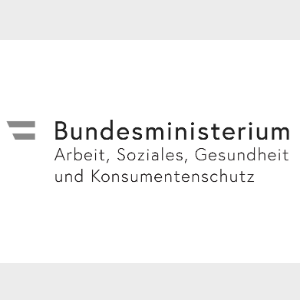Policy briefs and summaries
The Observatory started to produce these briefs as early as 2002 to summarize the key lessons and policies options coming out of some of its longer studies. Since 2009 the mechanism was further fine-tuned in collaboration with WHO/Europe, until 2012 with the Health Evidence Network (HEN) and then with the Division of Health Systems and Public Health (DSP). The series continues to generate timely and topical reports often also linked to influential conferences and EU Presidency priorities.
The concept of policy briefs and summaries is regarded as one of the most effective tools for transferring evidence and knowledge on health systems to policy makers (see also BRIDGE-project - Brokering knowledge and Research Information to support the Development and Governance of health systems in Europe - under the EU's 7th Framework Programme for research),
Policy briefs
Policy briefs are reports that focus on a particular high priority policy question raised by policy makers. Based on the best available evidence they highlight the key lessons to be drawn from it, list the main policy options to address the issue and look into aspects of implementation. They usually follow a 1+3+25 structure: one page of bullet-point key messages, a three page executive summary and a 25 page review of the evidence.
Policy summaries
Policy summaries are reports specifically designed for policy makers, providing an overview of available evidence or policy experience in a specific area. Drawn from existing scientific material and studies they are meant to highlight the policy-relevant aspects and offer background and/or context for decision makers’ deliberations. They are structured in one page of key messages with a longer section organized in relation to the nature of the content and annexes with supporting data in summary when relevant.
Disclaimer
Policy briefs and policy summaries published on this web site are commissioned works and the contents are the responsibility of the authors. All reports undergo rigorous external peer review, as well as internal review.





















